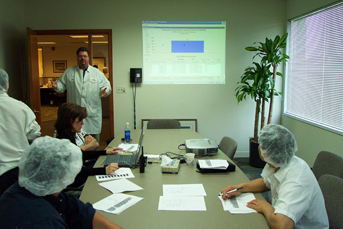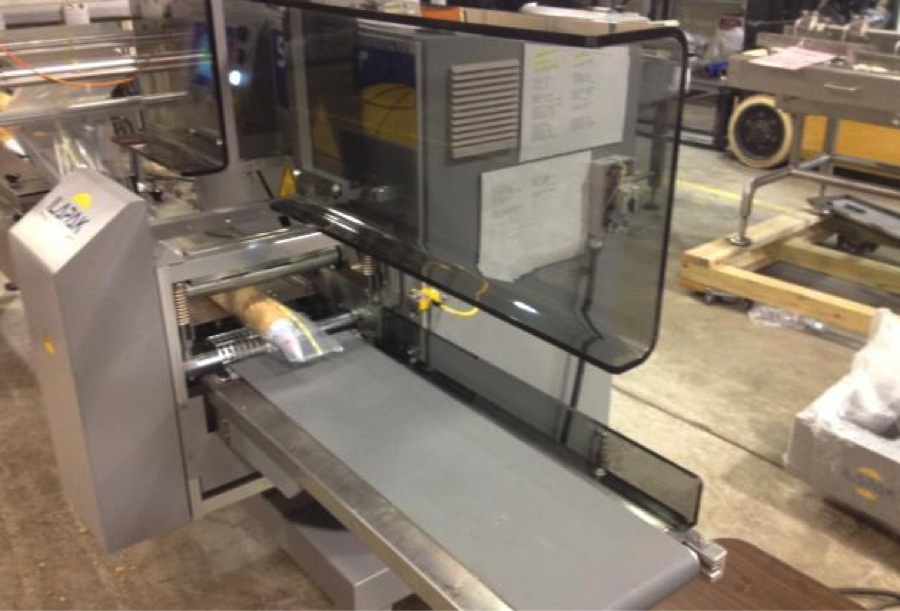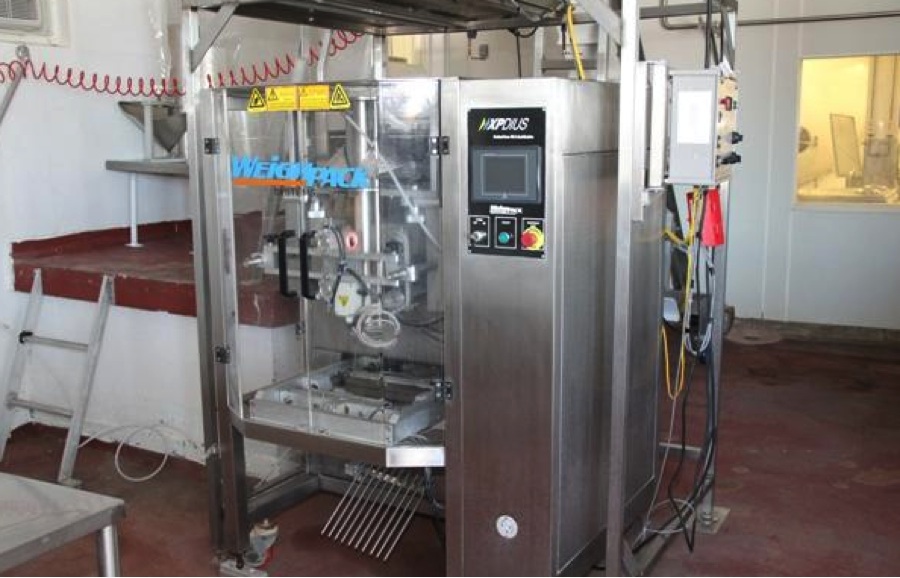When manufacturers need to mass produce spice blends, dry food ingredients or other flavoring combinations, they generally turn to a cross flow blender. These sturdy machines are used in the food and agriculture industry, and save time by processing dry substances together for packaging.
The V blenders are power-driven v-shaped blending machines that are suspended in between stainless steel supports. Most machines include a starter box and one or two levels of power. The blender is rotated once, filled with ingredients to mix, and then leaves the blending machine through a singular outlet.
Considerations
Here are some considerations to keep in mind when you’re planning to purchase a V blender.
- Are you mixing powders or granules? These machines work well for dry goods and minimize the amount of dust or particulates that are thrown into the air in other blending processes.
- How much processing capacity do you need? V blenders come in a variety of different sizes to suit different industry needs, and you’ll need to estimate the amount of goods you’ll want to process per batch to determine the carrying capacity of the machine you need.
- Is it easily modified or disassembled for maintenance? V blenders that get backed up can cost your company time and money on the manufacturing floor. Make sure that the blender can easily be cleaned out if there is a backup to minimize the likelihood of needing to stop production for de-agglomeration.
- New or used? In most cases, a company can buy used processing machinery with no problem. In fact, companies like High Performance Packaging supports the quality of every used item we sell by offering extensive maintenance programs and ensuring our clients that equipment is up to standards before we sell.
- Do you need additional safety support? Some V blenders that are going to be placed in a heavily traveled workspace may need to be surrounded by safety railings. These may be attached after machine purchase or may be included with your equipment purchase.
- Do you need an intensifier bar? Some portable V blenders include an intensifier bar, which will speed up the processing time. Others may be fitted with the bar as a processing solution. Determine whether this feature is something that your company will need.
No matter how you plan to use your V blender, High Performance Packaging can help. Contact us today to learn more.








